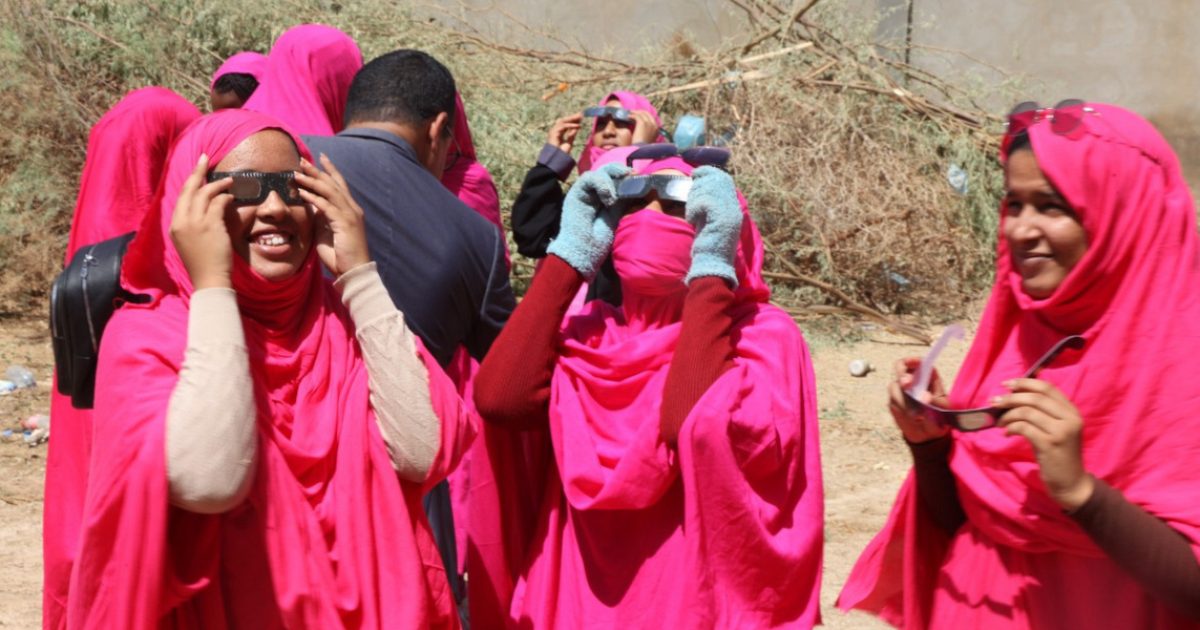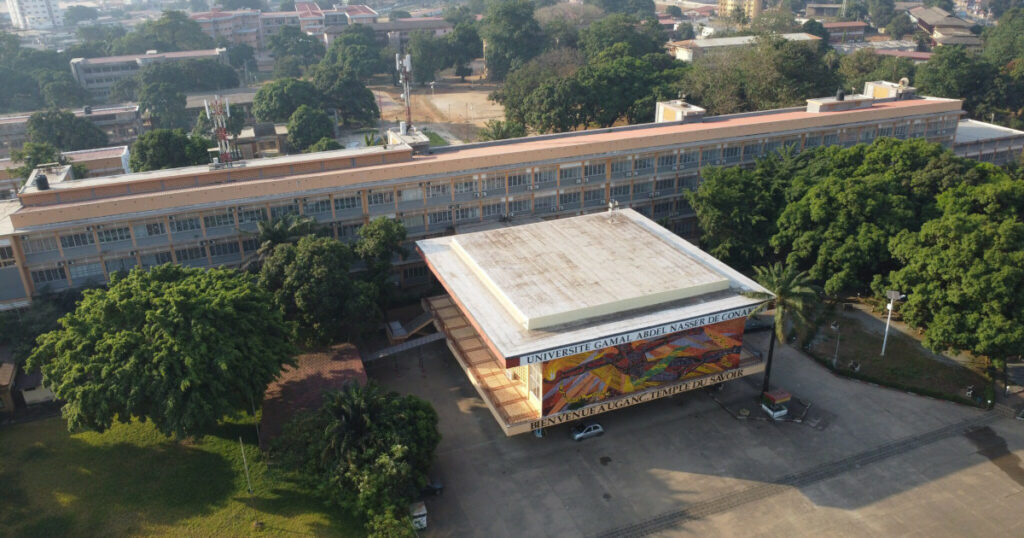Since 2019, the Mauritanian Association of Astronomy works to develop the field, from public outreach to high level research
The Mauritanian Association of Astronomy (AMA) was established in July 2019 by a coalition of scholars, professionals, and passionate amateurs united by their shared dedication to meteoritics, impact craters, astrophysics, and astronomy. This multidisciplinary ensemble represents a cornerstone for the advancement of astronomical sciences in Mauritania.
As a proud affiliate of the International Astronomical Union (IAU) Office for Astronomy Outreach, the African Astronomical Society (AfAS), and the Arab Union for Astronomy and Space Sciences (AUASS), AMA leverages its global and regional networks to bolster its mission. Through these partnerships, the association aims to enhance the integration of astronomy into education and scientific research in Mauritania.
Key Milestones along AMA’s Development
In 2020, amid the global challenges posed by the pandemic, AMA demonstrated resilience by transitioning to virtual platforms, maintaining engagement through a series of online events and educational initiatives. The next year, AMA organized the conference titled “On The Moon Again” during July 17–18 in Nouakchott. This landmark event brought together enthusiasts and scholars to explore the significance of lunar studies and celebrate advances in moon exploration.
During 2022–2023, efforts were dedicated to strengthening local outreach. The University of Nouakchott hosted a series of astronomy workshops to inspire a new generation of astronomers as well as the prestigious NASE (Network for Astronomy School Education) program from July 1–8, 2023, offering comprehensive training in astronomy education.
AstroCamp and international conference
Last year witnessed a flurry of impactful initiatives. AMA launched the transformative initiative “AstroCamp for Girls in Science,” held during Oct. 9–11 in Atar. Supported by SSVI, IAU, and AMA, the initiative sought to inspire young women to pursue careers in science and technology.
The inaugural edition of the International Conference on Meteoritics and Astronomy (ICMAN) was held in Nouakchott. It welcomed participants from eight countries, fostering cross-border collaboration and establishing Mauritania as a hub for astronomical research. These included Morocco, Saudi Arabia, France, Syria, Cameroon, Palestine, Senegal, and Mauritania.
In alignment with AUASS World Space Week 2024, AMA actively participated in nationwide celebrations. During the event, Sidi Ahmed Bowba, Vice Secretary General of AMA, delivered a keynote lecture emphasizing the transformative impact of space science. Our team conducted a guided visit to the meteorite impact crater Aouelloul in the Atar region.
Vision for the Future
AMA envisions a future where astronomy thrives as a cornerstone of Mauritania’s scientific and educational landscape. Key aspirations include:
- Embedding astronomy into the national education system, from primary schools to universities;
- Establishing a world-class astronomical observatory, facilitating cutting-edge research and fostering international collaborations; and
- Expanding partnerships with global organizations to further Mauritania’s contributions to the global astronomical community.
These efforts would not have been possible without the help of the following bodies, which the authors thank: the University of Nouakchott, Mauritanian Airlines, Nouakchott Region, National Agency for Geological Research, and Mineral Property (ANARPAM), as well as the mayor of Atar. Through unwavering commitment to scientific advancement and active collaboration with leading international organizations, the Mauritanian Association of Astronomy (AMA) continues to inspire curiosity, nurture talent, and position Mauritania as a beacon of astronomical excellence in the region.
Ahmed Bowba Sidi (University of Tunis El-Manar, Tunisia), Ely Cheikh Mohamed Navee, Mohamed Vall Mohamed Zeyad, Mohamed Elhassan Abdellah, Cheikhna Talebmoustaph, Ahmedou Mahmoud Senhoury (University of Nouakchott, Mauritania)
This article has been published by the African Physics Newsletter in April 2025. It is reproduced with the authorization of the American Physical Society.




